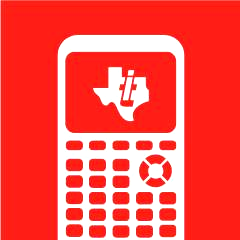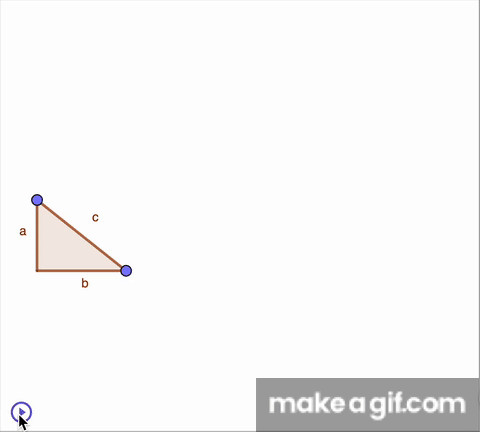The first two episodes of MT Talk discuss articles from Mathematics Teaching 296 https://atm.org.uk/MT-Talk
Episode 1
Elizabeth Bridgett, Lisa Coe and Jay Timotheus compare and contrast Mike Askew's 1999 article, ‘Teaching numeracy: will we ever learn?’ from MT168 with Jane Hawkins' much more recent, 2025 article, ‘Why purposeful talk in mathematics lessons matters’ in MT296.
Also mentioned in this episode is the 1999 paper ‘Arbitrary and Necessary Part 1: A Way of Viewing the Mathematics Curriculum’, Dave Hewitt's first in a three-part series in For the Learning of Mathematics, as well as Mike Askew’s book, ‘Transforming Primary Mathematics’, published by Routledge in 2011.
Episode 2
Lisa Coe, Fin McLaughlin and Jay Timotheus talk about John Mason's 1987 article, ‘Only awareness is educable’ from MT120, alongside Tom Francome's 2025 article, ‘Everyone can think mathematically’ from MT296.
Fin recommended two books: ‘Thinking Mathematically’, by John Mason, Leone Burton and Kaye Stacey (Pearson, 1982, and 2010) and ‘Researching Your Own Practice: The Discipline of Noticing’, by John Mason (Routledge, 2001).
https://podcasts.apple.com/us/podcast/mt-talk/id1838379708
https://open.spotify.com/show/3cJF2EXKyIe1FTNrRO8xm5
#podcast #ITeachMath #MathematicsEducation #MathEd #MathEdChat #MathsEd #MathsEdChat
#education #mathematics #math #didactics #pedagogy


